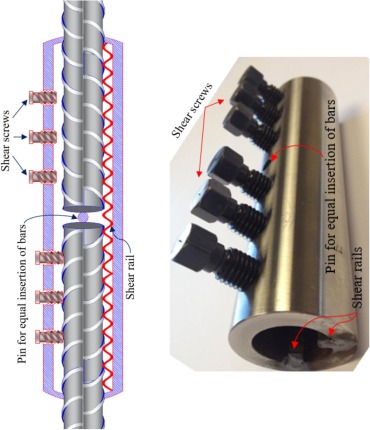
Natural disasters are sudden and dangerously powerful, making them a serious threat to communities nationwide. Professionals at Build Rite LLc always take these kind of events in consideration, and they have learned to anticipate some like hurricanes, blizzards, and tornadoes. Earthquakes of any magnitude can occur any time of the year with almost no indications. They can affect small remote areas, or destroy large cities. Experts have discovered specific U.S. areas highly prone to earthquakes, but technically they could happen anywhere. In a country brimming with permanent steel, glass, and concrete structures, earthquakes possibly pose the greatest threat of widespread destruction.
Stiffness and Strength
When designing earthquake-resistant buildings, safety professionals at Build Rite LLC recommend adequate vertical and lateral stiffness and strength – specifically lateral. Structures tend to handle the vertical movement caused by quakes better than the lateral, or horizontal, movement. Without considering earthquakes, professionals still focus on a building’s vertical stiffness and strength as it has to support itself. However, earthquakes introduce new directional forces that may not be prepared for. Buildings will shift left and right during the event, and, if not built properly, will quickly destabilize.

Regularity
This characteristic refers to the movement of the building when pushed in lateral directions. Safety professionals and building designers want the building to move equally so as to dissipate the energy without placing too much force on one side or another. If a building is irregular, then weaknesses will become apparent when the building sways.
Redundancy
Possibly one of the most important safety characteristics when designing for safety, redundancy ensures there are multiple strategies in place in case one fails. These can potentially add to the building cost, but redundancies prove their worth if/when a natural disaster such as an earthquake occurs.
Foundations
A stable foundation is a major characteristic of building a large structure regardless of natural disaster risks. It is critical for a building’s long-term survival, and a stronger foundation is necessary to resist an earthquakes powerful forces. Different areas have unique foundational characteristics that define how a structure’s base needs to be reinforced. Professionals have to closely observe how the ground reacts and moves before building. Buildings designed to withstand violent earthquakes have deep foundations and driven piles. To stabilize these drastic measures, the foundations are connected so they move as a unit.

Continuous Load Path
Tying into the stable foundation characteristic, structural and nonstructural components of a building need to be interconnected. This is the continuous load path characteristic that safety professionals, architects, and engineers must remain wary of during design. If the structure is not comprehensively tied together, components will move independently and collapse will be imminent. The continuous load path is the earthquake’s journey through the building – laterally and vertically. It is vital the path is intact or else it won’t be able to dissipate an earthquake’s powerful shudders.
Earthquakes happen less frequently than other natural disasters, but building earthquake-resistant buildings protects against all natural disasters. Our professionals promise to keep people’s safety a priority when building your new home. Contact our experts at Build Rite LLC for more informations about earthquake proofing.
